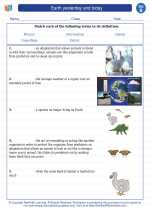Navigation
Navigation is the process of accurately determining the position and controlling the movement of a person or vehicle from one place to another. It is a crucial skill that has been developed and refined over centuries, and it involves using a variety of tools and techniques to find one's way.
Types of Navigation
- Land Navigation: This involves finding one's way across land, often using maps, compasses, and landmarks.
- Sea Navigation: Sea navigation involves finding one's way across bodies of water, using tools such as nautical charts, compasses, and celestial navigation.
- Air Navigation: This type of navigation involves finding one's way through the air, using instruments, radio navigation aids, and celestial navigation.
Tools and Techniques
Various tools and techniques are used in navigation, including:
- Maps: Visual representations of an area, often showing geographical features, roads, and landmarks.
- Compass: A tool that indicates the direction of magnetic north, allowing for orientation and direction finding.
- Sextant: A navigation tool used to measure the angle between a celestial object and the horizon, often used in celestial navigation.
- GPS (Global Positioning System): A satellite-based navigation system that provides location and time information anywhere on Earth.
Celestial Navigation
Celestial navigation is a method of navigation that involves using the positions of celestial bodies, such as the sun, moon, and stars, to determine one's position and direction. This method has been used for centuries by sailors and explorers, and it relies on an understanding of astronomy and the use of instruments such as the sextant.
Study Guide
To learn more about navigation, consider exploring the following topics:
- Basic map reading skills
- Understanding latitude and longitude
- Learning to use a compass
- Studying the principles of celestial navigation
- Exploring the history of navigation and its impact on exploration and trade
By delving into these topics, you can gain a deeper understanding of navigation and its importance in various aspects of human life.
.◂Science Worksheets and Study Guides Second Grade. Earth yesterday and today
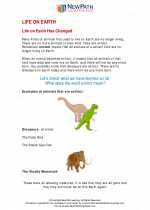
 Worksheet/Answer key
Worksheet/Answer key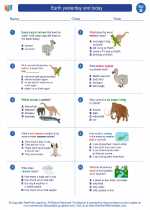
 Worksheet/Answer key
Worksheet/Answer key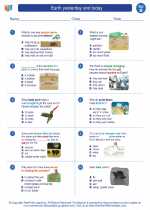
 Worksheet/Answer key
Worksheet/Answer key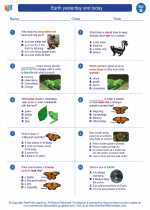
 Vocabulary/Answer key
Vocabulary/Answer key